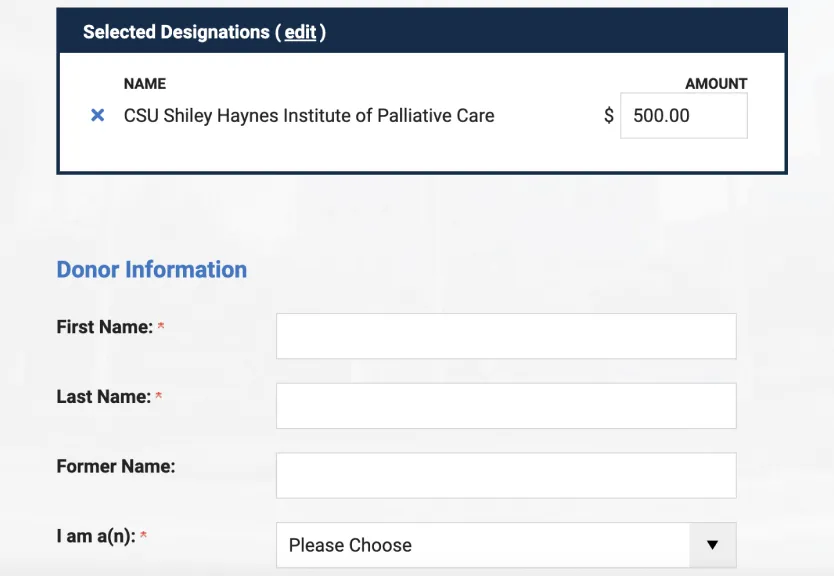Palliative Care Education Changes Everything
I recently had the pleasure of speaking at the monthly meeting of the Riverside County Medical Association about the state of palliative care education and the need for more crucial conversations about palliative care in both healthcare settings and in the community. A fundamental concern is how to address the growing numbers of people living with serious illness and how to support them and their families. Each year, more than 56 million people worldwide are in need of palliative care but only 14% of those who need it receive it (WHO, August 2020). Since 2000, palliative care has been one of the most rapidly growing fields of health care (Hughes & Smith, 2014); as of 2020, more than 83% of hospitals with 50 or more beds had a palliative care team (CAPC, 2022). Despite the increase in knowledge about the concept of palliative care, significant training in its application has lagged (Artioli et al, 2019). Consequently, we are now in a place where many healthcare professionals know what palliative care is, but we have not yet figured out how we can effectively and completely integrate it into our healthcare delivery system.
Palliative Care Education for Healthcare Professionals
How do we address such a large task so that we can ensure that palliative care is available for people suffering from serious illness when they need it? The answer lies in making certain that we educate greater numbers of healthcare professionals about palliative care and provide direct training on how to work on interdisciplinary teams. This would allow us to expand palliative care teams with a broader and deeper population of healthcare professionals trained in this model. And disciplinary accreditors of healthcare training programs are providing the incentive that will help us to get there.
Disciplinary accreditors in nursing, social work, and speech and language pathology are now evaluating academic programs in terms of their interprofessional education efforts and student mastery of those skills. It is easy to see that if interprofessional education and palliative care are provided in disciplinary training, more graduates from these programs will bring this knowledge and skillsets into hospitals, clinics, nursing homes, and homecare settings. This will provide invaluable support to teams already in place and will contribute to growing the palliative care workforce.
The California State University Shiley Haynes Institute for Palliative Care is committed to this vision and is actively engaging in this work. We provide continuing education to current professionals wishing to increase their knowledge about palliative care. We support faculty who train future healthcare professionals in undergraduate and graduate academic programs. We engage with our communities through our campus partner offices, working collaboratively with our community partners to increase the public’s knowledge about palliative care. We provide this education so that we can realize our goal of changing the very nature of healthcare.
National Symposium for Academic Palliative Care Education and Research
Today, we salute the healthcare professionals who have committed themselves to palliative care education, research and practice and will be sharing their information with colleagues at the 2024 National Symposium for Academic Palliative Care Education and Research, February 8-9, 2024 at the Hyatt Regency Resort in Mission Bay, San Diego. We hope that you’ll consider joining us for as Nelson Mandela said, “Education in the most powerful weapon which you can use to change the world.” It can certainly change healthcare.
Artioli, G., Bedini, G., Bertocchi, E., Ghirotto, L., Cavuto, S., Costantini, M., & Tanzi, S. (2019). Palliative care training addressed to hospital healthcare professionals by palliative care specialists: a mixed-method evaluation. BMC palliative care, 18(1), 88.
Center to Advance Palliative Care (2022). Growth of palliative care in U.S. hospitals 2022 snapshot.
Hughes, M.T. & Smith, T. J. (2014). The growth of palliative care in the United States. Annual Review of Public Health, 35, 459-475.
World Health Organization (2020). Palliative Care Fact Sheet.




